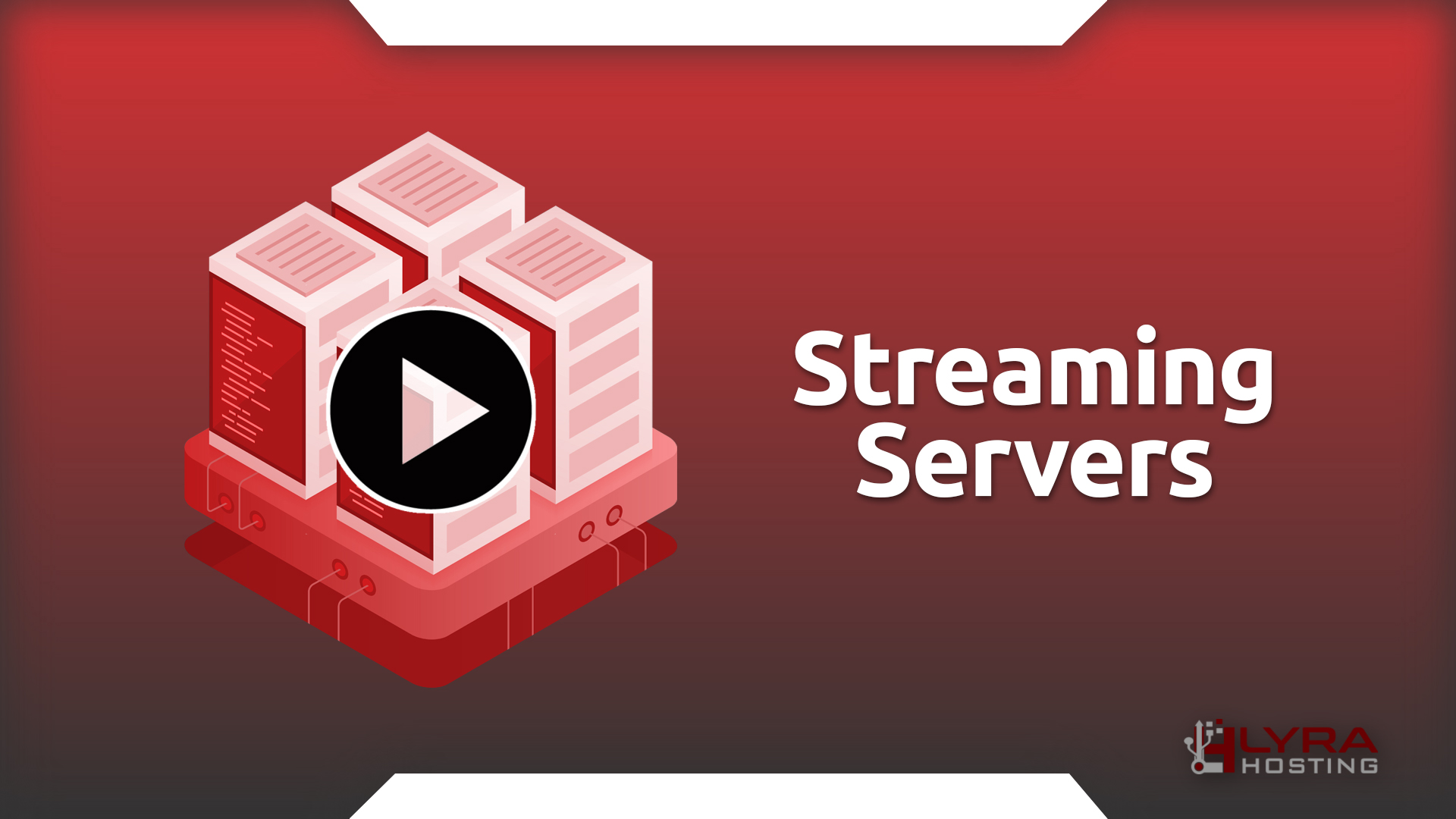Unveiling the Power of Streaming Servers

Access to media content has become an integral part of our lives, and streaming servers are the backbone of modern media delivery. These servers play a pivotal role in ensuring that audio and video content is transmitted seamlessly to audiences across the globe.
In this comprehensive exploration of streaming servers, we will dive deep into their various types, key components, the significance of streaming protocols, and the crucial role they play in encoding and transcoding media.
Types of Streaming Servers
Streaming servers come in diverse forms, each meticulously designed to cater to specific needs and scenarios. To better understand their versatility, let’s explore two primary types.
Dedicated Servers
Dedicated streaming servers are custom-built hardware or software systems meticulously designed for the sole purpose of streaming media content. Renowned for their robust performance and unwavering reliability, these servers shine in large-scale streaming services. They are the go-to choice for ensuring high-quality live events and seamless video-on-demand experiences.
Cloud-Based Servers
The advent of cloud-based streaming servers has ushered in a new era of scalability and adaptability. Cloud giants such as Amazon Web Services (AWS), Microsoft Azure, and Google Cloud offer streaming server solutions that allow businesses to launch and manage streaming services without much technical understanding. Furthermore, the dynamic scalability of cloud servers makes them suitable for businesses of all sizes, adapting effortlessly to changing demands.
Key Components of a Streaming Server
Effective streaming solutions require a good combination of hardware and software components. Here’s a closer look at what makes them tick.
Hardware Requirements
Processing Prowess: To handle the encoding and transcoding of media content, powerful CPUs and/or GPUs are indispensable.
Memory (RAM): Adequate RAM ensures a smooth operation and the capability to juggle multiple streams simultaneously.
Storage Prowess: Ample storage capacity is essential for housing vast libraries of media files, particularly for video-on-demand services.
High-Speed Internet: A robust and reliable internet connection with high upload and download speeds is the lifeline of seamless content delivery.
Software Stack
Media Server Application: The heart and soul of streaming, this software is responsible for the actual streaming of media content.
Content Management System (CMS): A CMS simplifies the management and organization of media files, making it a breeze to update and deliver content efficiently.
Streaming Protocols
Streaming servers rely on specific protocols to communicate and transmit audio and video content across the internet. The choice of protocol hinges on a multitude of factors, including device compatibility, network conditions, and the desired quality of the streaming experience.
HTTP (Hypertext Transfer Protocol)
HTTP-based streaming, commonly known as HTTP Live Streaming (HLS), is a ubiquitous protocol for delivering video content. It ingeniously dissects media into smaller, manageable chunks and employs adaptive bitrate streaming to ensure uninterrupted playback, even in the face of fluctuating network conditions. HLS’s versatility extends to compatibility with a wide spectrum of devices, from smartphones and tablets to smart TVs and desktop computers.
RTMP (Real-Time Messaging Protocol)
Originating from Adobe, RTMP stands as a stalwart for real-time transmission of audio, video, and data. It finds its niche in interactive streaming applications, notably online gaming.
HLS (HTTP Live Streaming)
HLS, crafted by Apple, enjoys the spotlight when it comes to delivering video content to iOS devices. Its adaptive streaming prowess ensures seamless playback by adjusting video quality in response to the viewer’s network conditions.
MPEG-DASH (Dynamic Adaptive Streaming over HTTP)
MPEG-DASH, an open-standard protocol, emerges as a versatile player in the streaming protocol landscape. It dynamically fine-tunes video quality and provides a standardized approach to streaming, catering to an array of devices and platforms.
Encoding and Transcoding
Codecs and transcoding lie at the heart of streaming quality. Let’s dive deeper into these critical components.
The Importance of Video and Audio Codecs
Codecs, short for coder-decoder, are the vital software or hardware components responsible for encoding and decoding audio and video data. Common video codecs include H.264, H.265 (HEVC), and VP9, while AAC and MP3 take center stage as popular audio codecs. The codec you choose directly influences the quality and efficiency of your streaming content, as well as its compatibility with an array of devices.
How Transcoding Elevates Streaming Quality
Transcoding, the art of converting media files from one codec to another or fine-tuning their bitrate and resolution, is the foundation of a seamless streaming experience. It ensures that content reaches viewers in multiple formats and quality levels, accommodating diverse devices and network speeds. Transcoding is a linchpin in guaranteeing a flawless streaming journey, especially for regions with varying internet speeds.
Conclusion
Streaming servers represent the bedrock of contemporary media delivery, granting users access to a treasure trove of audio and video content with unparalleled convenience and performance.
Getting familiar with the diverse types, understanding the critical components, deciphering streaming protocols, and appreciating the role of encoding and transcoding are vital for anyone who is striving to offer top-notch streaming experiences.
Want to get the best streaming server for your needs at an affordable price? Take a look at Lyra Hosting’s streaming server plans to get started right away!









One thought on “Unveiling the Power of Streaming Servers”
Comments are closed.